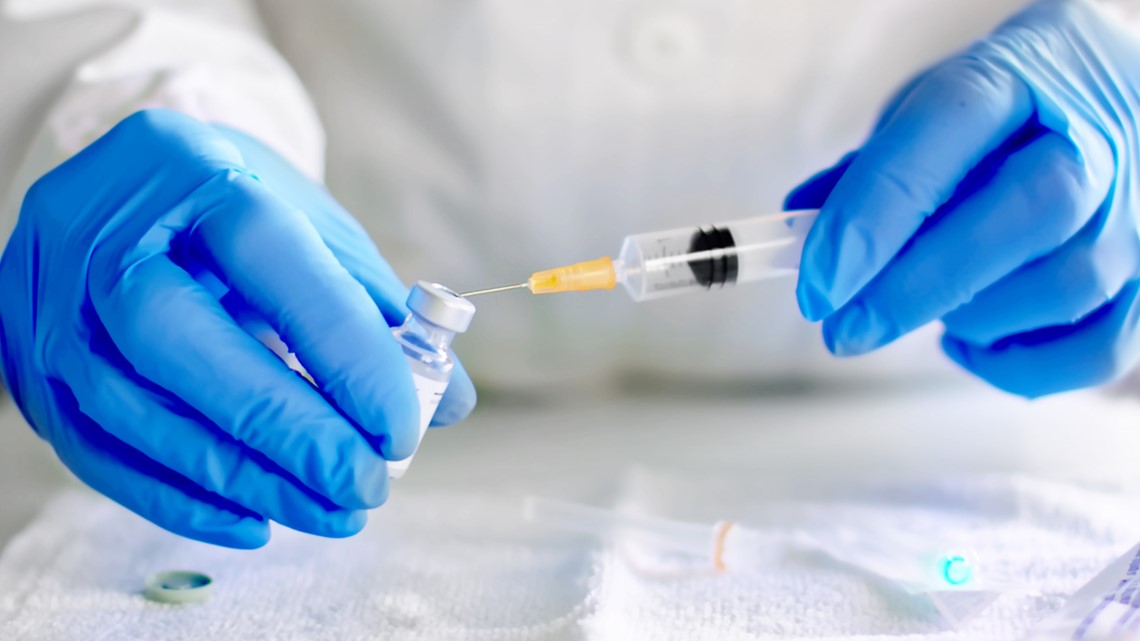As the coronavirus infects people around the world, companies are trying to create a vaccine to stop its spread.
Hundreds of people are rolling up their sleeves in countries across the world to be injected with experimental vaccines that might stop COVID-19, spurring hope that an end to the pandemic may arrive sooner than anticipated.
About 100 research groups are pursuing vaccines with nearly a dozen in the early stages of human trials or poised to start. It’s a crowded field, but researchers say that only increases the odds that a few might overcome the many obstacles that remain.
For most people, the coronavirus causes mild or moderate symptoms. For some, especially older adults and people with existing health problems, it can cause more severe illness, including pneumonia and death.
So, what goes into making vaccines? Here's the breakdown:
The first step is to isolate the disease antigen, which causes an immune response in someone's body. Then the antigen is weakened before being injected.
When the weakened form of the virus or disease enters someone's bloodstream, it allows the immune system to activate and more easily combat the illness. For example, it's like a boxing match between a body and the disease -- but the disease has both its legs and arms tied -- giving the body an easy knockout punch.
The next step is to add compounds that help the new disease immunity last for a longer period of time. So instead of getting a booster shot every year, someone may only need one shot every decade or so.
Then a series of stabilizers are added to the vaccine to prolong its shelf life and allow the vaccine to be shipped all over the world.
However, there are still several more steps before a vaccine makes it into someone's bloodstream.
Once it has been perfected in the researcher’s lab, it is then sent to the U.S. Food and Drug Administration and Centers for Disease Control and Prevention for more rigorous testing.
This process generally takes years.
Even after a vaccine is deemed effective, safe and released for general use, the CDC, FDA and National Institute of Health monitor its deployment and distribution. The agencies will also always be on the lookout for side effects or ways to make it better.
The Associated Press contributed to this report.



